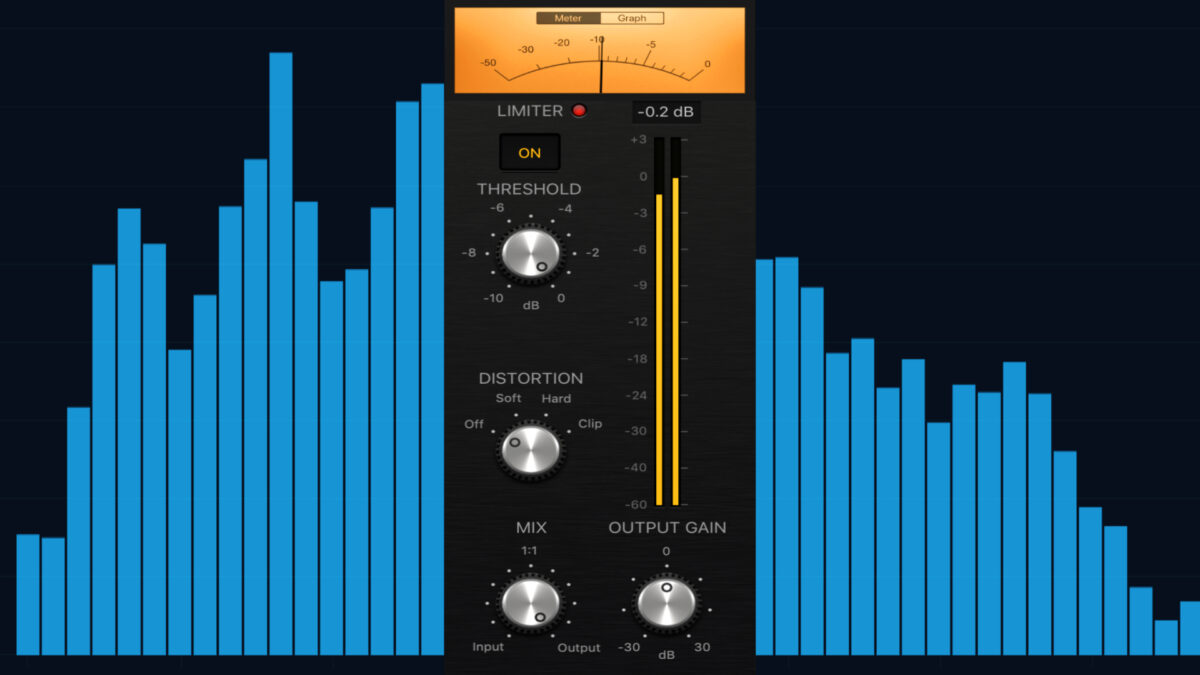 Today your new learning journey will begin! You will become a master of bass and low end in music production. Why should you take this course? Because bass is the king of music, the anchor of harmony, and the low end is what creates depth, warmth and power to your music.
Today your new learning journey will begin! You will become a master of bass and low end in music production. Why should you take this course? Because bass is the king of music, the anchor of harmony, and the low end is what creates depth, warmth and power to your music.
Improve the Bass of Your Music – Get the Full Course here
In this course you will learn:
- The Fundamentals of Bass and Low End
- How to write Great Basslines for Your Music
- Arrangement Tips for the Low Range Instruments
- Composition Guidelines for a Powerful Low End
- Production Secrets for Low End Clarity & Separation
Everything you will learn in this course can be used in any genre and style of music, because the foundations of bass and low end are always true.
We are going to start by learning the most powerful guidelines on low end and bass in music. Then we will continue with tips on how you write great bass lines. Then we will dive into arranging and composing tips for all the instruments playing in the low range frequencies. And finally I will teach you my best production secrets for mixing and producing a tight, clear and powerful low end in your music.
So are you ready to master the bass and low end of your music? Then let’s get started, right now!
Bass is Present in Many Instruments
Bass and low end frequency information is actually present in a lot of instruments. Not only the dedicated bass instruments. And you need to consider this both from a composition and arrangement aspect, as well as the production and mixing side. In fact, you can often find low end frequency information in instruments you would never have guessed. Like low-end rumble in a big gong, or signal noise in the recording of even high frequency focused sounds.
- All Dedicated Bass Instruments (Acoustic, Electric, Synths)
- All Dedicated Bass Percussion (Bass Drums, Big Drums)
- Low Range Instruments (Low Strings, Brass, Winds, Guitars etc.)
- Low Percussion Instruments (Toms, Medium sized drums etc.)
- Low Frequency Noise in all Other Tracks
Everything adds up in the Low Frequencies
Since most instruments have some bass and low frequency information, either dedicated bass information or added noise and rumble from the recordings, samples or room sounds…it all adds up in the low range frequencies. And quickly adds up into a pile of mud. This is why the low end should always be treated as the biggest mine-field in music composition and production. Because everything adds up in the low frequencies. It’s basically the biggest competition inside music production, the war of the low end range.
- The Fundamental Frequencies of all Tracks
- The Noise in the Audio Waveforms and Recordings
- Unnecessary Rumble from Non-Bass Instruments
- Room Sound and Acoustics
There is Less Space in the Bass Frequencies
When you consider the acoustics of low end frequencies and how our ears work, there is simply less room in the bass. Which is why it is so incredibly important that you take treat the low end and bass of your music, with extreme focus and care. You should basically think of your low end and bass frequencies, like the smallest room in your house. But it is also the coolest room where everyone wants to be, because its awesome in there. This means it quickly gets crowded in that tiny room, and cluttered and messy as a result. Unless you keep it clean, and restrict access to the room to only the coolest people.
- 1 Octave in the Bass Range is Tiny (ex: A1 = 55Hz, A2 = 110Hz)
- Our Ears need more Harmonic Separation in the Bass
- Our Ears need more Rhythmic Separation in the Bass
- Bass Information takes up More Headroom in the Mix
Low End is not only 100Hz and Below
The bass register and low frequency range of music is definitely not only the deep sub bass frequencies. It’s not even only the fundamental range of the bass instruments. Because to be able to hear the low end and bass parts of your music clearly and with good separation, our ears really need some warm mid bass frequencies, some higher harmonics, and also some attack clarity.
- You need the Body & Warmth of the Mid Bass Frequencies (100-300Hz)
- You need Higher Harmonics of Bass Sounds (Beyond the Fundamental)
- You need some Attack Noise to Emphasize the Bass Notes
Make the Low End Dry and Focused
To make the low end as clear, focused and powerful as possible, you want to reduce the room sound, minimize stereo information, and generally avoid all types of modulation, stereo and spatial effects. This is simply because our ears need the low end range to be much more focused and separated than other frequency ranges in music.
- Do not add Reverb or Delay on your Main Bass Instruments
- Reduce Room Sound by Focusing on Close Microphones
- Mix Bass Instruments in Mono (and make them dead centre)
- Avoid Stereo and Modulation FX (Tremolo, Phasers etc.)
- Bass Instruments in Unison and/or Octaves
